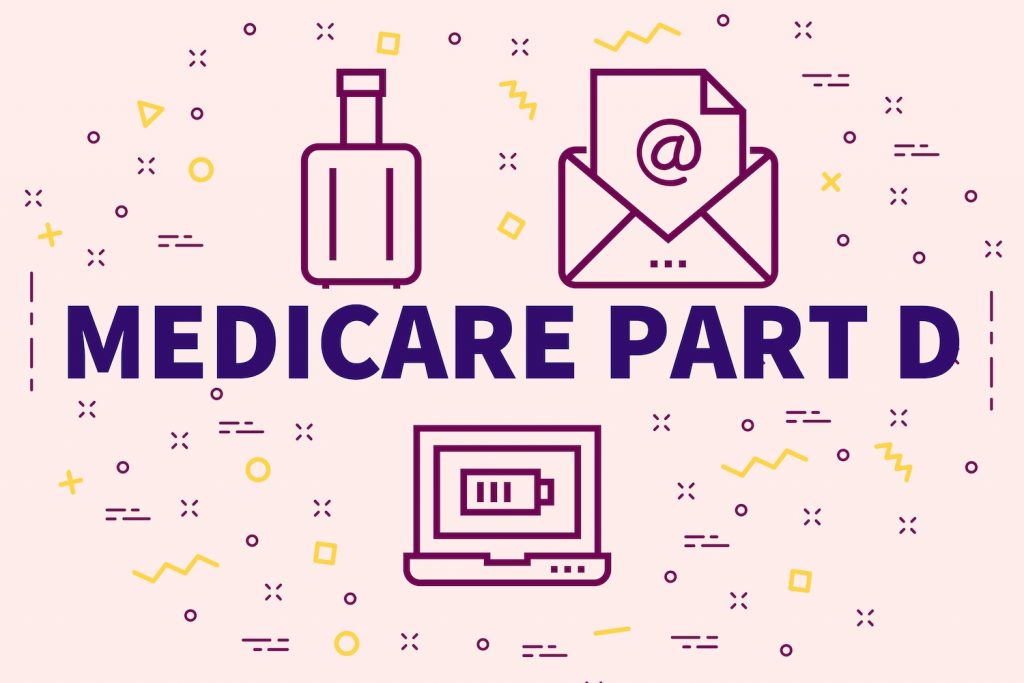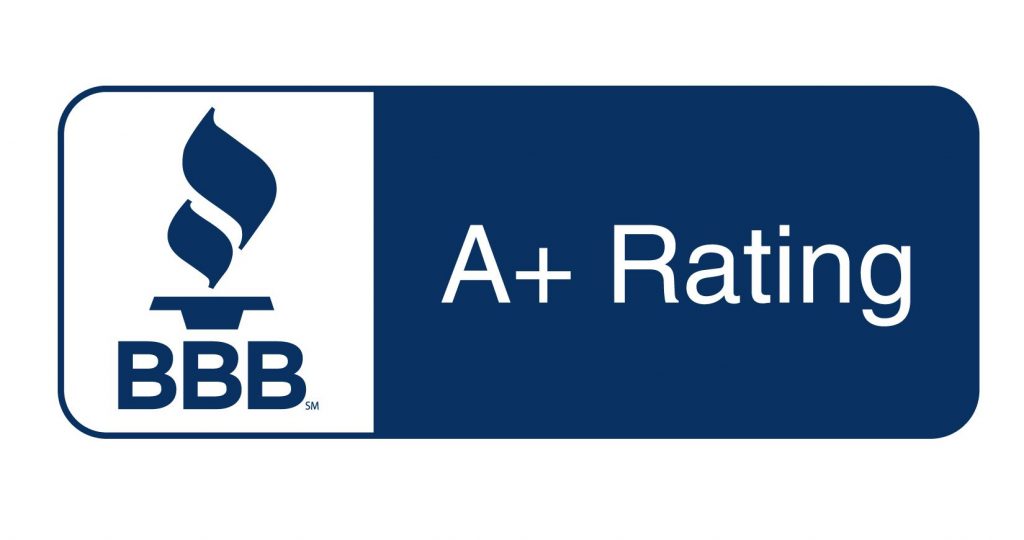Medicare Part D may just be the most confusing aspect of the Medicare program. First, every beneficiary has access to a number of Part D plans, which can seem overwhelming right from the start. Then, within each of those plans, there are drug formularies, prescription tiers, deductibles, copays, coverage phases, and more. It’s a lot to keep track of!
Today, we’re going to answer the seven most common questions about Medicare Part D.
1. What Is Medicare Part D?
Medicare Part D encompasses all prescription drug plans that are available to Medicare beneficiaries. You can enroll in Part D in one of two ways: as a standalone plan or as part of a Medicare Advantage plan. Either way, the coverage will work the same way.
Private insurance companies sell Part D plans. They started offering them in 2006 because Original Medicare (Parts A and B) does not include coverage for prescription medications. While insurance companies do have some regulatory guidelines they must follow, plans are not standardized. Company A might have four Part D plans in your area, and four completely different Part D plans in another part of the state.
2. Who Can Enroll in Part D?
Part D follows the same eligibility requirements as Medicare. For most people, that means you age into Medicare when you turn 65, which will also make you eligible for Part D. However, younger individuals with long-term disabilities or certain medical conditions may also be eligible.
You must be enrolled in both parts of Medicare to enroll in Part D. In addition, you must live within the plan’s service area. When you are searching for a Part D plan, this means you’ll need to limit your search to those plans offered in your ZIP code.
3. How Much Does Part D Cost?
Part D plans don’t come with a standard premium. Instead, each insurance company prices the plan based on the benefits it offers. Generally speaking, you should expect to pay a higher premium if you take expensive or specialty medications. In addition, if you were subject to IRMAA (Income-Related Monthly Adjustment Amount) for Part B, you’ll be subject to IRMAA for Part D. This is an additional amount that you pay on top of your Part D premium.
Premiums aren’t the only thing to consider as far as Part D costs. Every plan is different, but you should expect to have a deductible and copays. Check the plan’s drug formulary to find out how much your prescriptions will cost.
4. How Much Is the Part D Late Enrollment Penalty?
Another cost you may be faced with is the Part D late enrollment penalty. This is the most common Medicare penalty, and for good reason. Many people make the assumption that if they aren’t taking any medications, they don’t need to enroll in Part D. That makes sense. Unfortunately, if you don’t enroll as soon as you’re eligible, you’ll end up with a late enrollment penalty.
The worst part is that you have to pay the penalty every month for as long as you’re enrolled in Part D. Presumably, that would be for the rest of your life. The Part D late enrollment penalty can add up quickly, so be sure to enroll in Part D right away. If you aren’t taking any prescriptions, there is likely a low-cost Part D plan in your area. Enrolling in a low-cost plan will be worth not paying the penalties later.
5. What Is the Part D Donut Hole?
The Part D donut hole is also known as the coverage gap, and it is part of every Part D plan. We mentioned that there are several coverage phases within Part D plans. They’re outlined below.
- Phase 1: Deductible Phase
- Phase 2: Initial Coverage Phase
- Phase 3: The Donut Hole
- Phase 4: Catastrophic Coverage
You’ll enter the donut hole when you and your plan have spent a combined total of $5,030 in 2024. While you’re in the donut hole, you’ll pay more for your prescriptions – up to 25% of the cost. You will remain in the coverage gap until you’ve spent $8,000 in out-of-pocket covered prescription costs. Once you hit that threshold, you’ll enter catastrophic coverage, where you’ll pay much less for prescriptions.

6. When Can I Change My Part D Plan?
Assuming you don’t qualify for any Special Enrollment Periods, you can only change your Part D plan once during the year. The Annual Election Period (AEP) runs from October 15 through December 7. During this time, you should review your current plan and compare it to others on the market. Part D plans often undergo annual changes, so it’s important not to assume you’ll be able to keep the same plan.
It’s not uncommon for beneficiaries to change their Part D plan every year. It only takes a few minutes to review your Part D plan with an advisor, so don’t miss out on this opportunity for potential cost savings.
7. Can I Use GoodRx with Part D?
Yes! There are quite a few prescriptions that can often be cheaper if you use a discount drug program instead of your Part D plan. You are allowed to use any of those programs instead of your Part D plan. That doesn’t mean you shouldn’t enroll in Part D. However if you find that a prescription you’re taking is expensive, it might be worth checking prices at places like GoodRx, Cost Plus Drugs, or one of the other many discount drug programs available.





